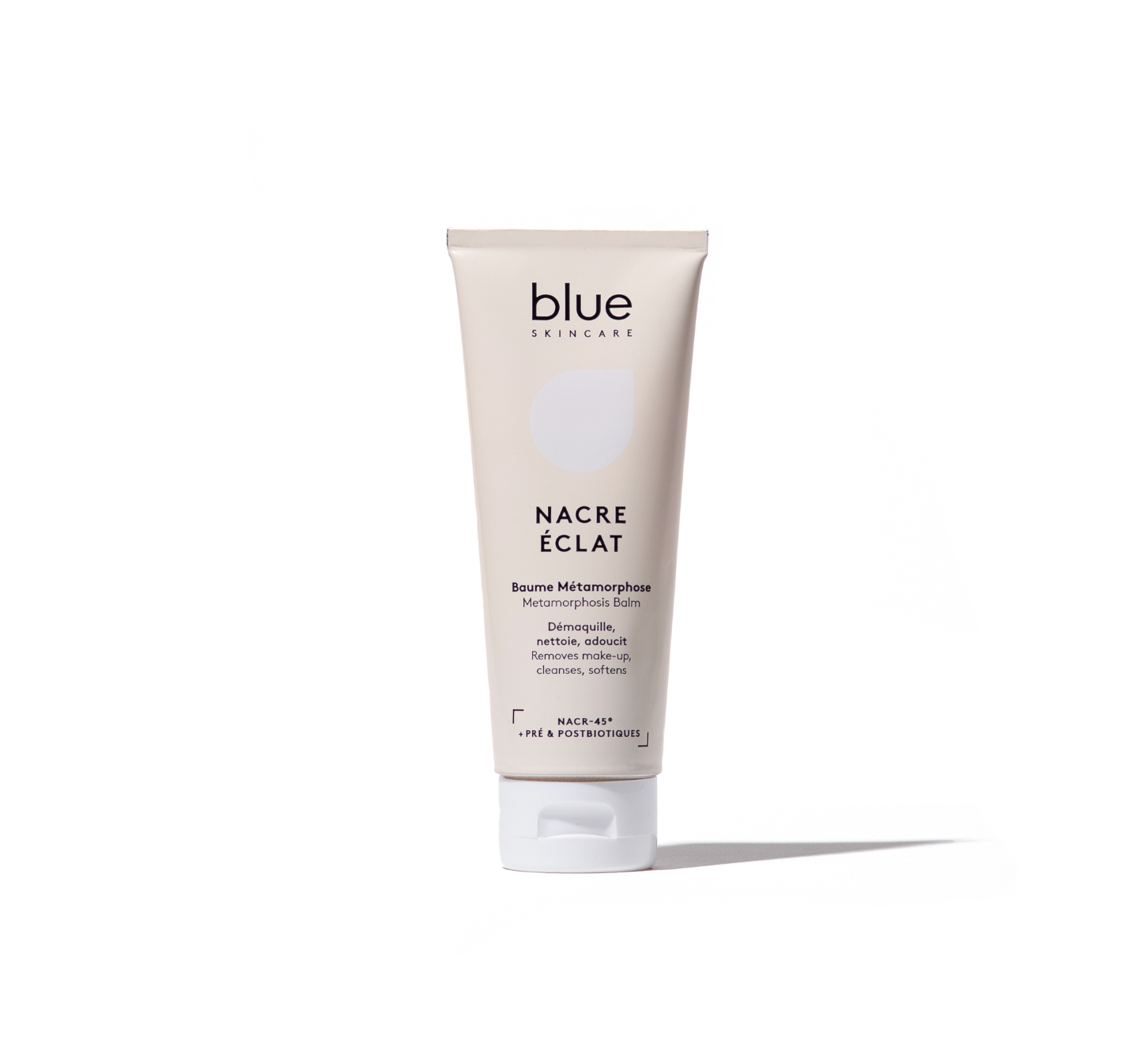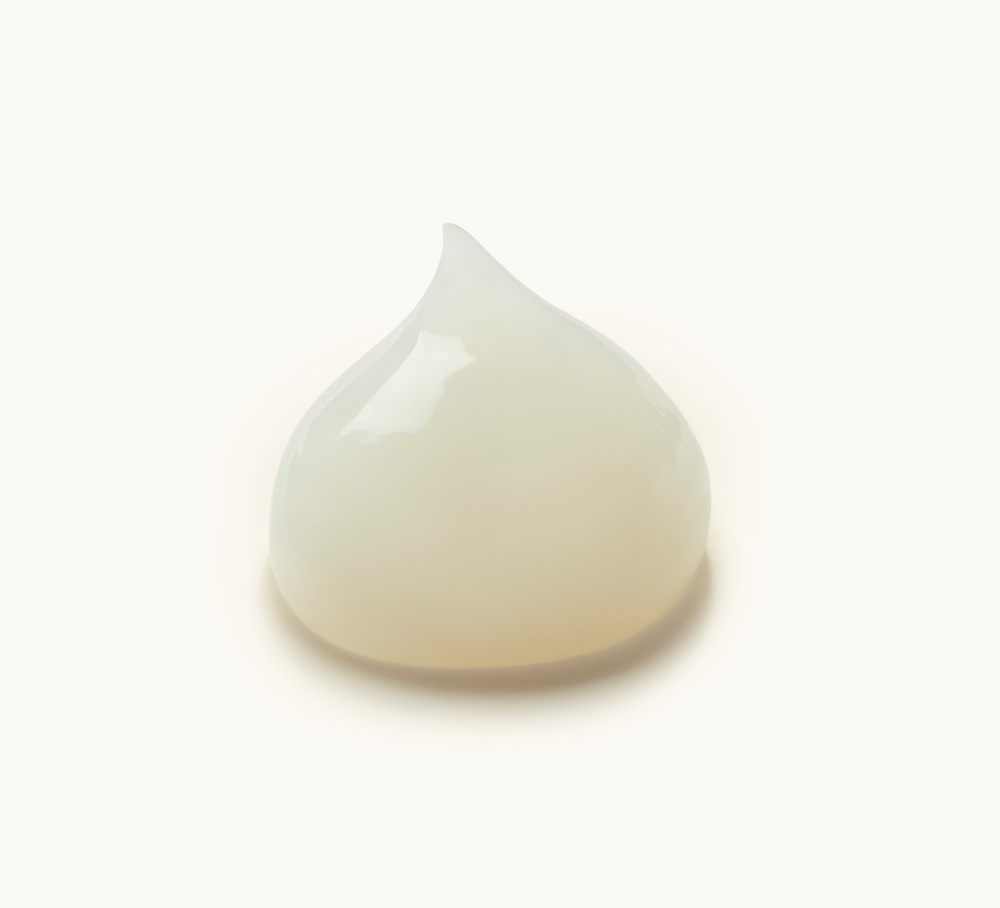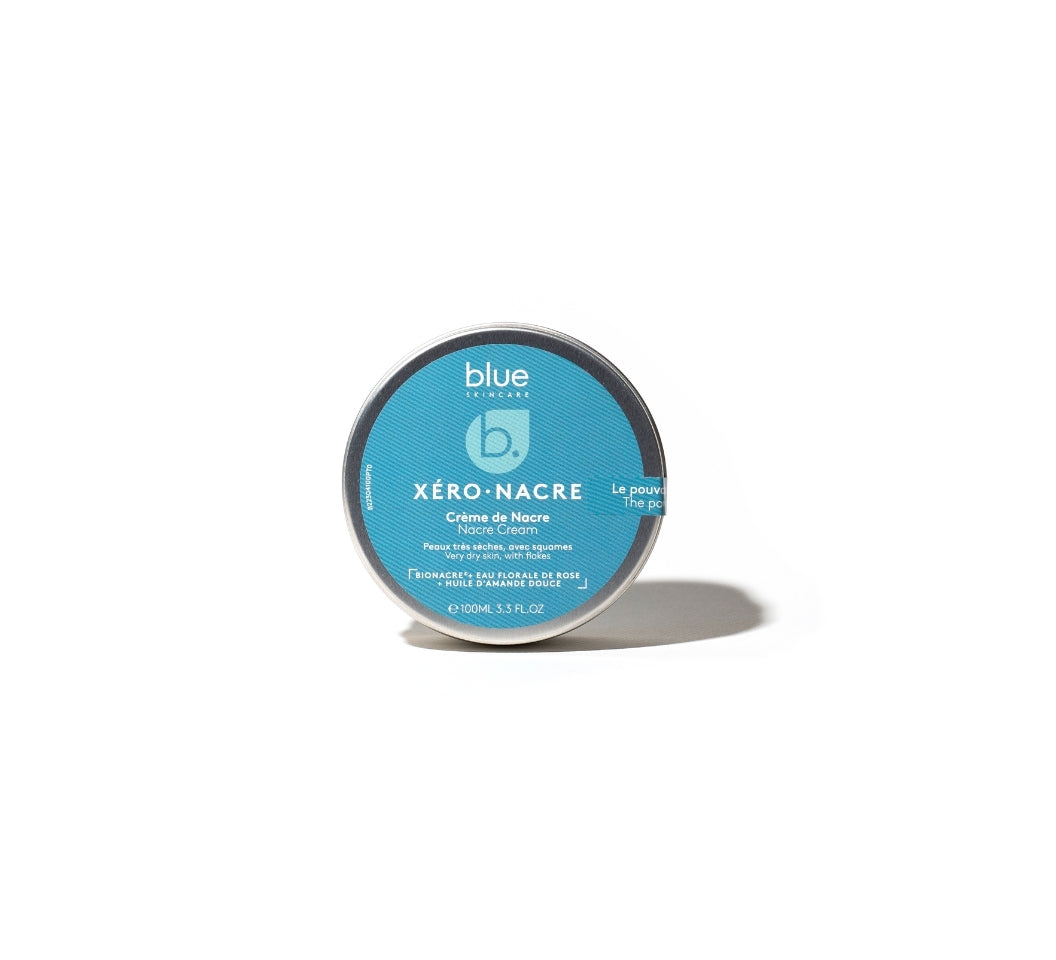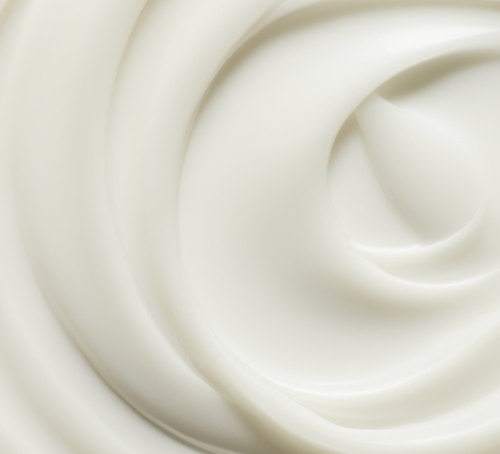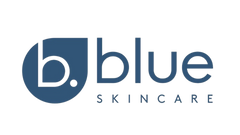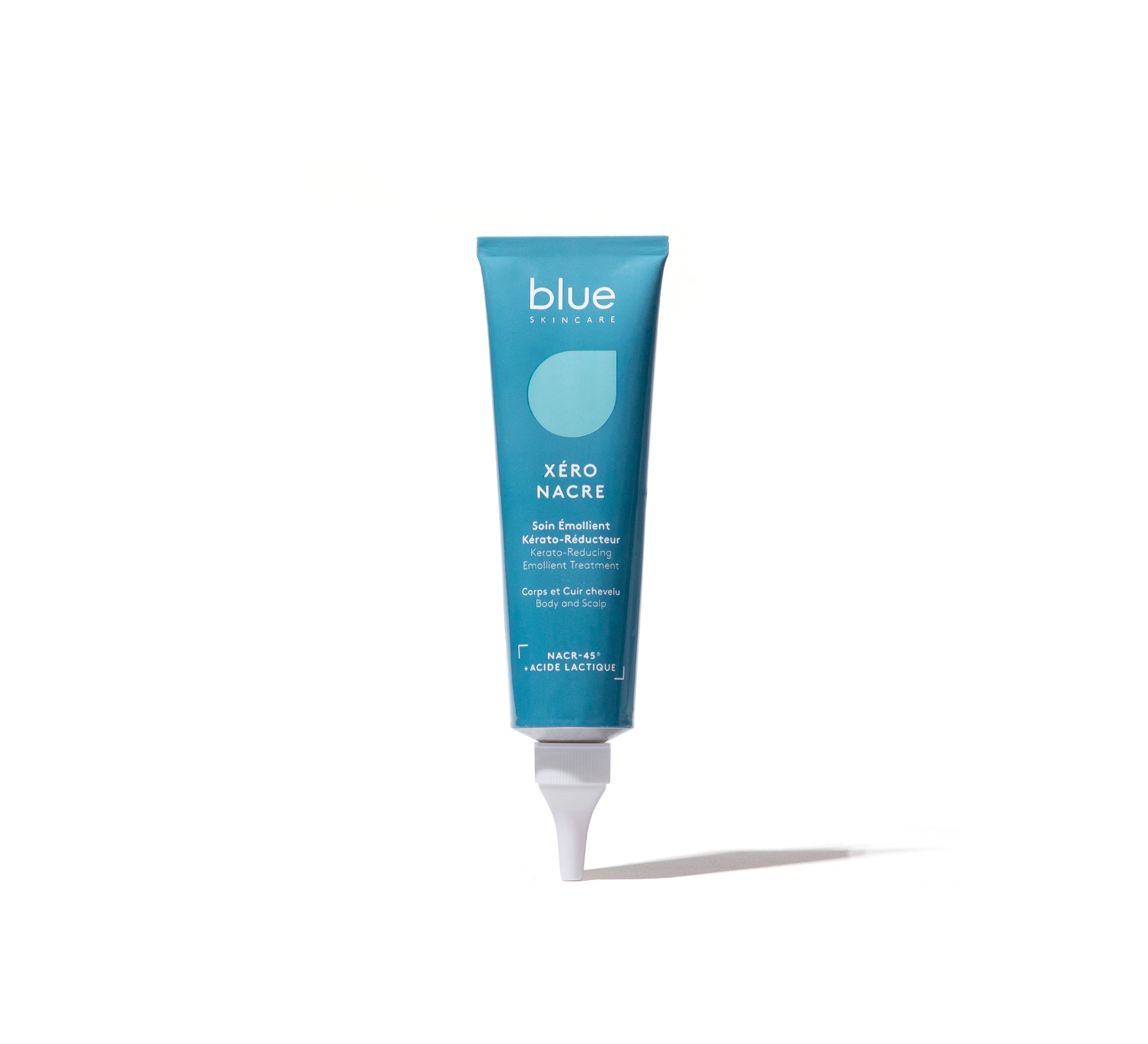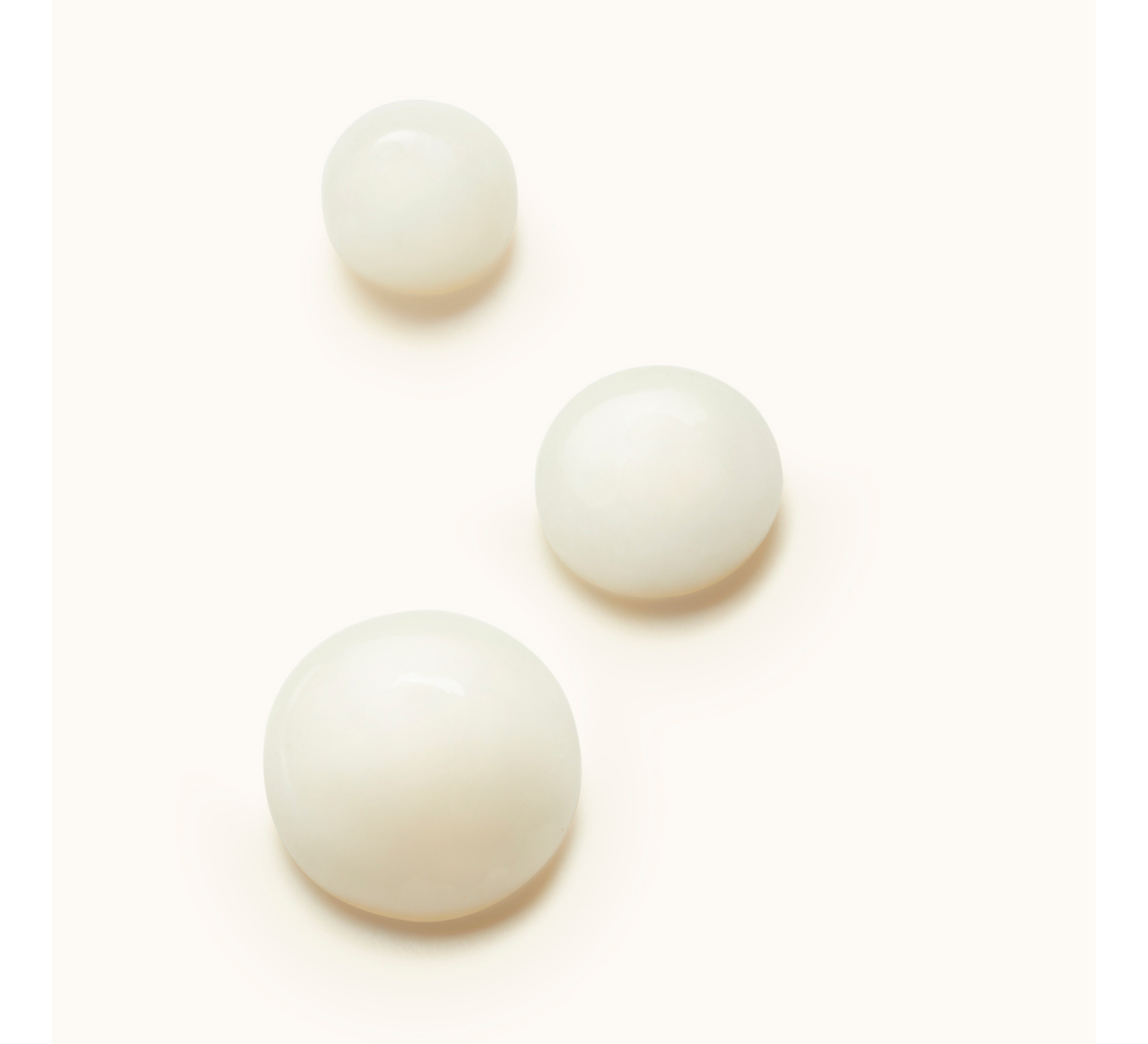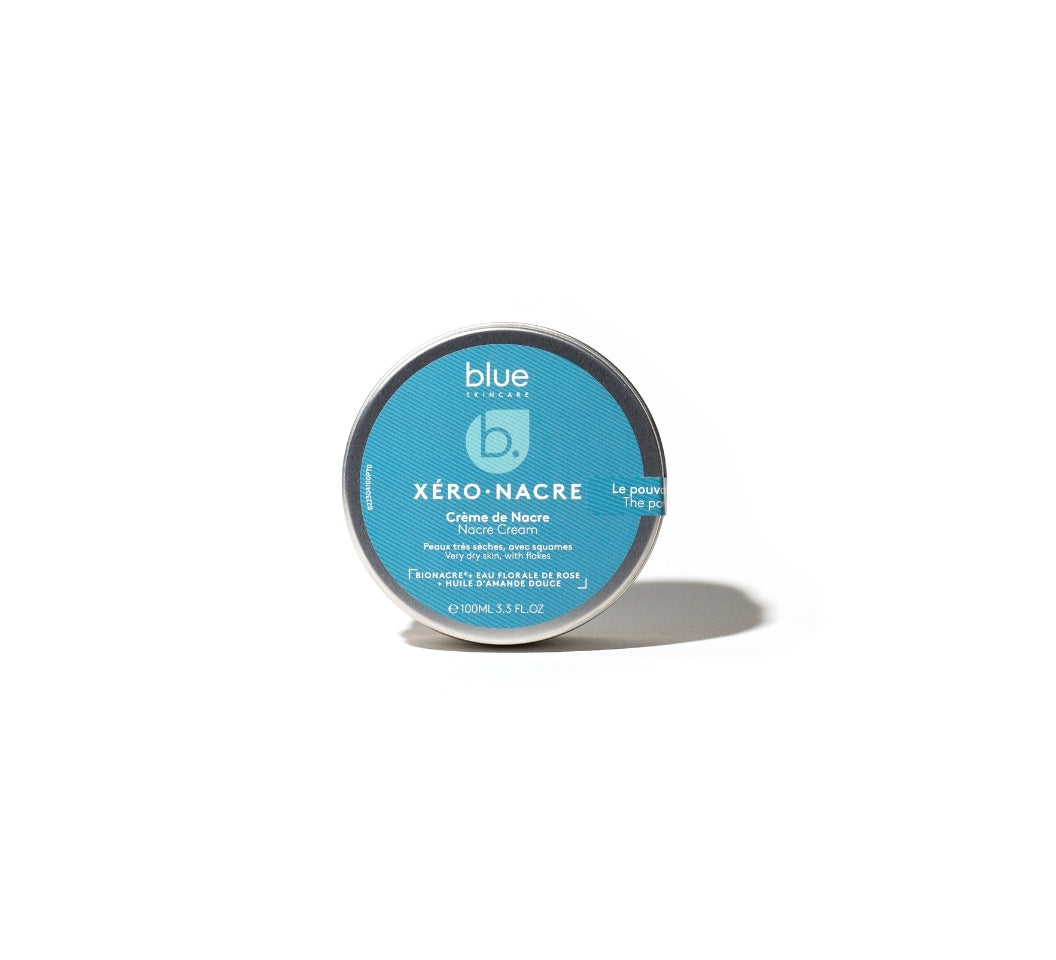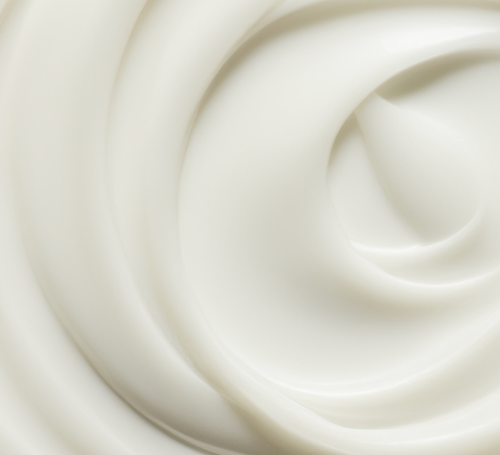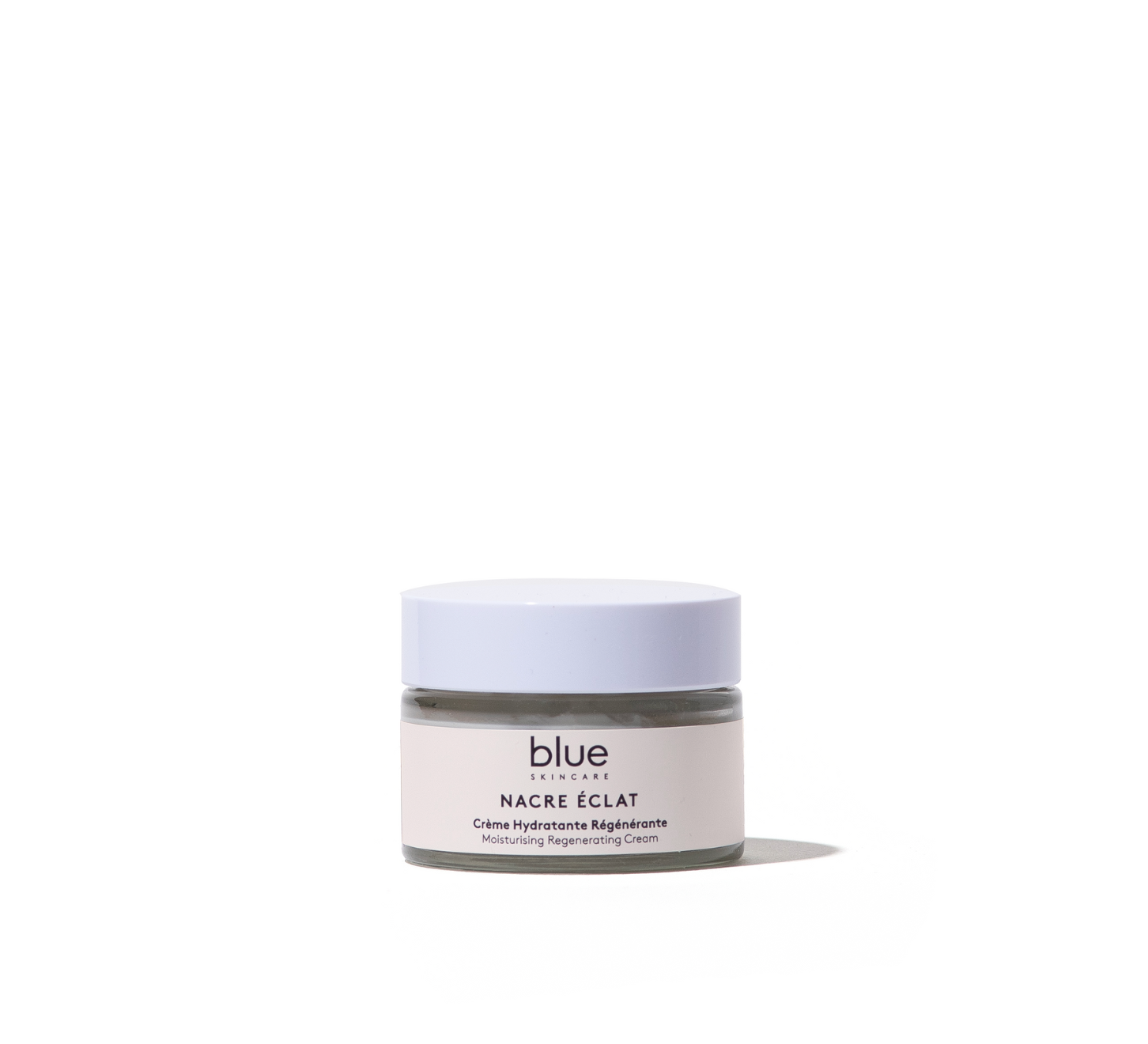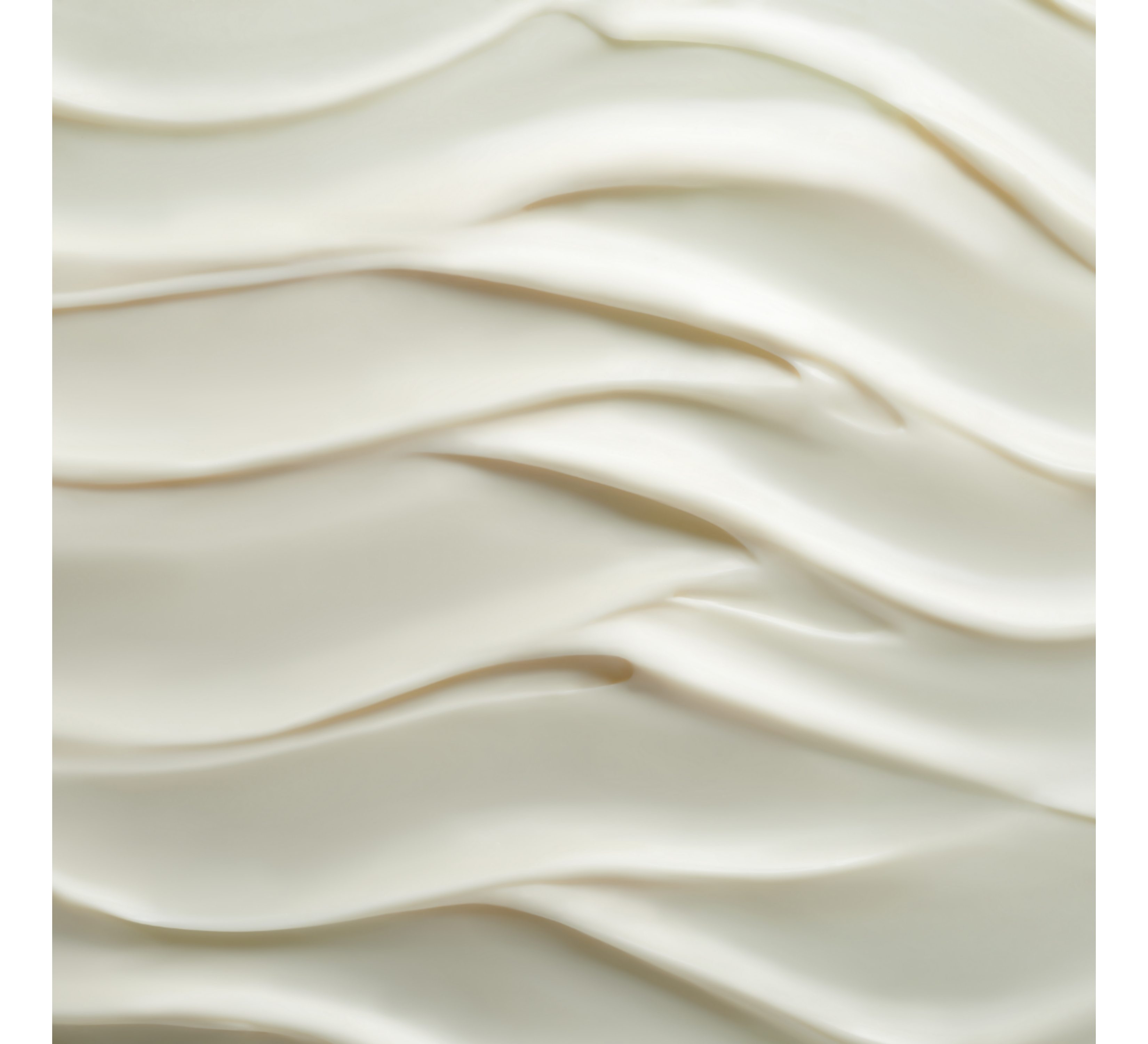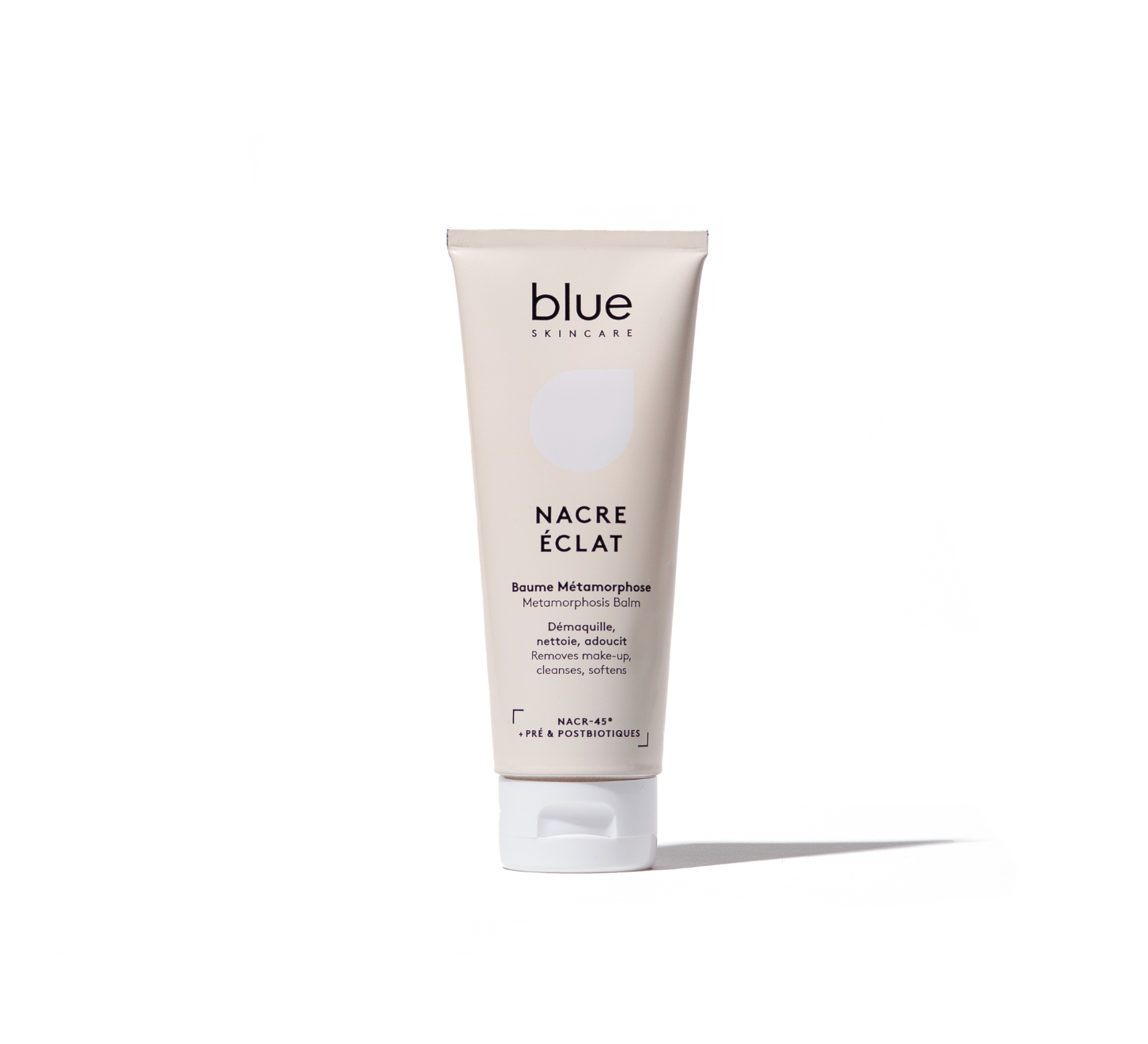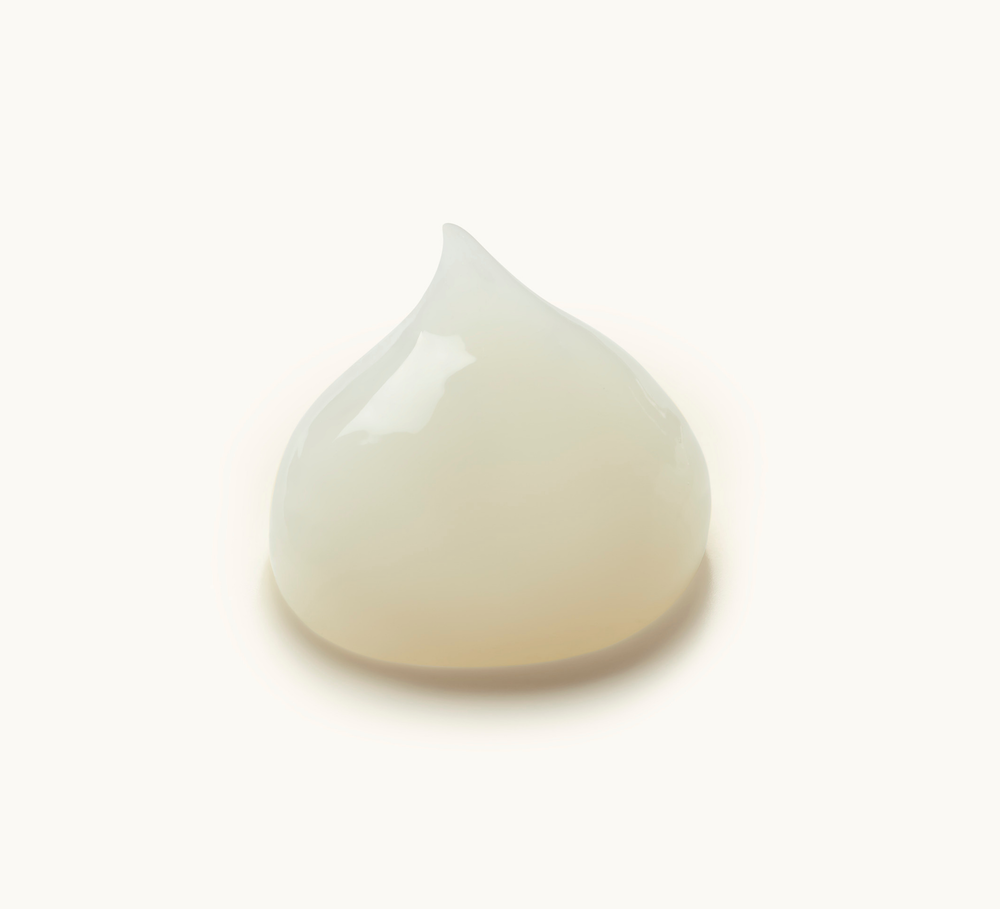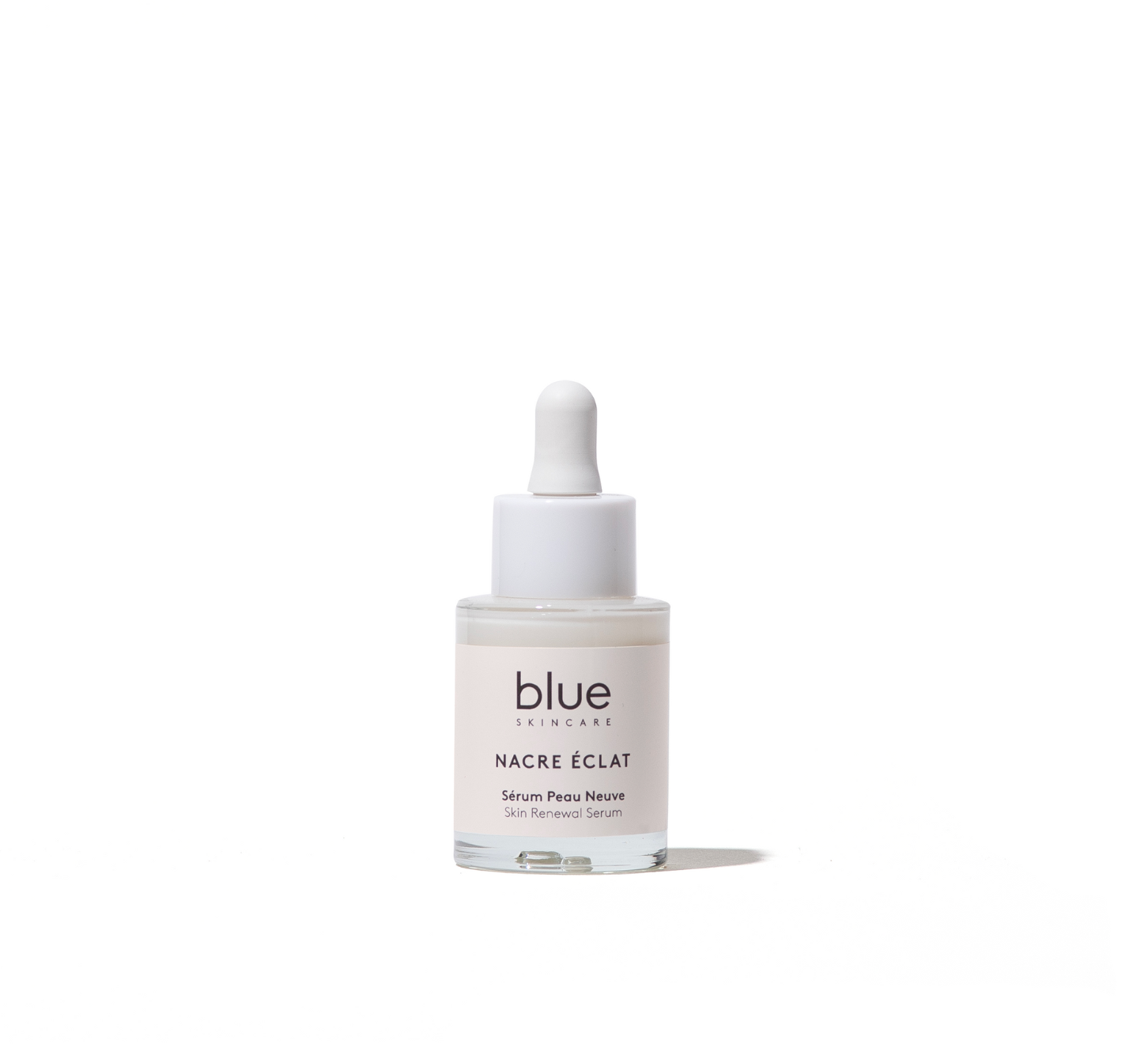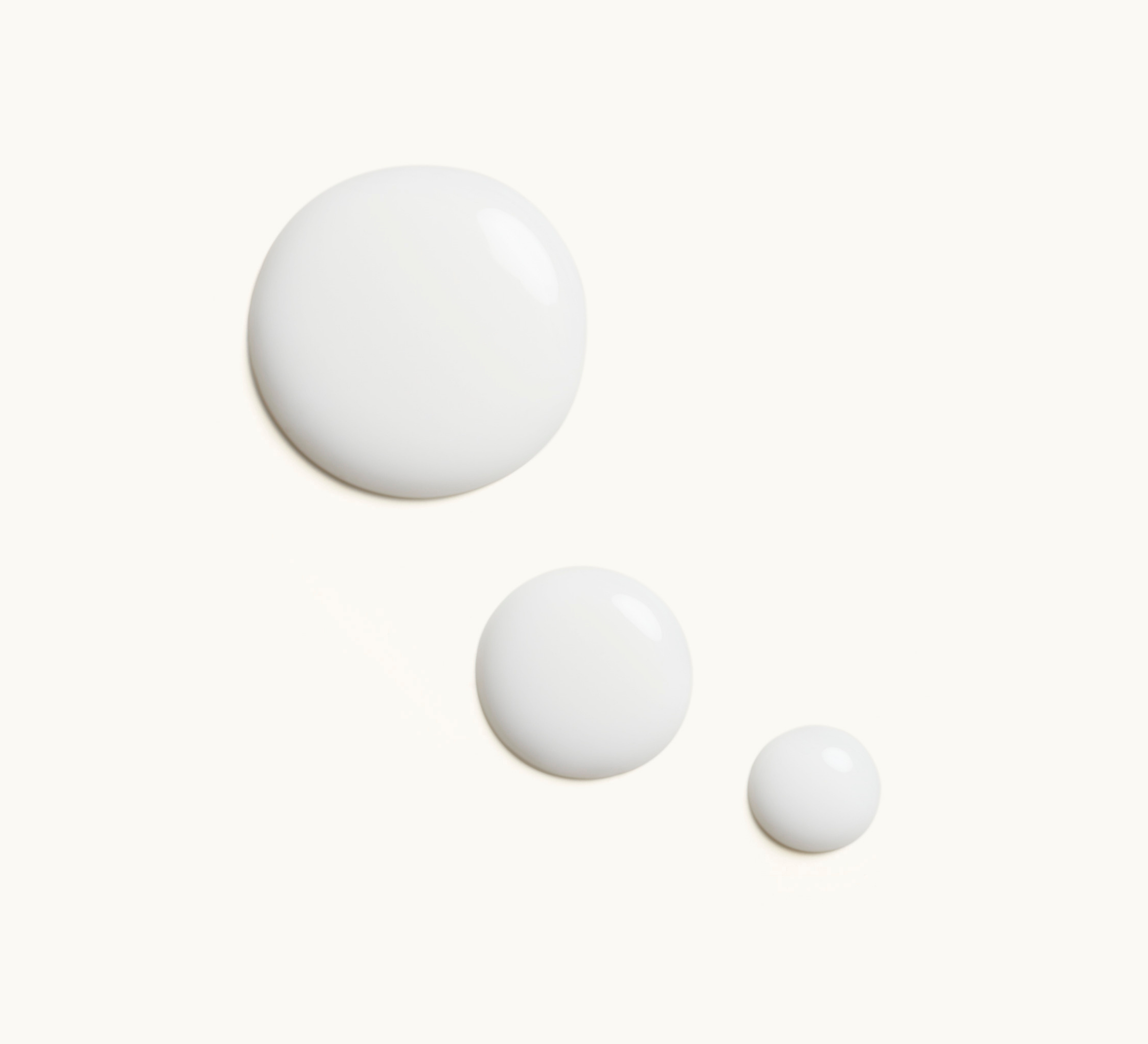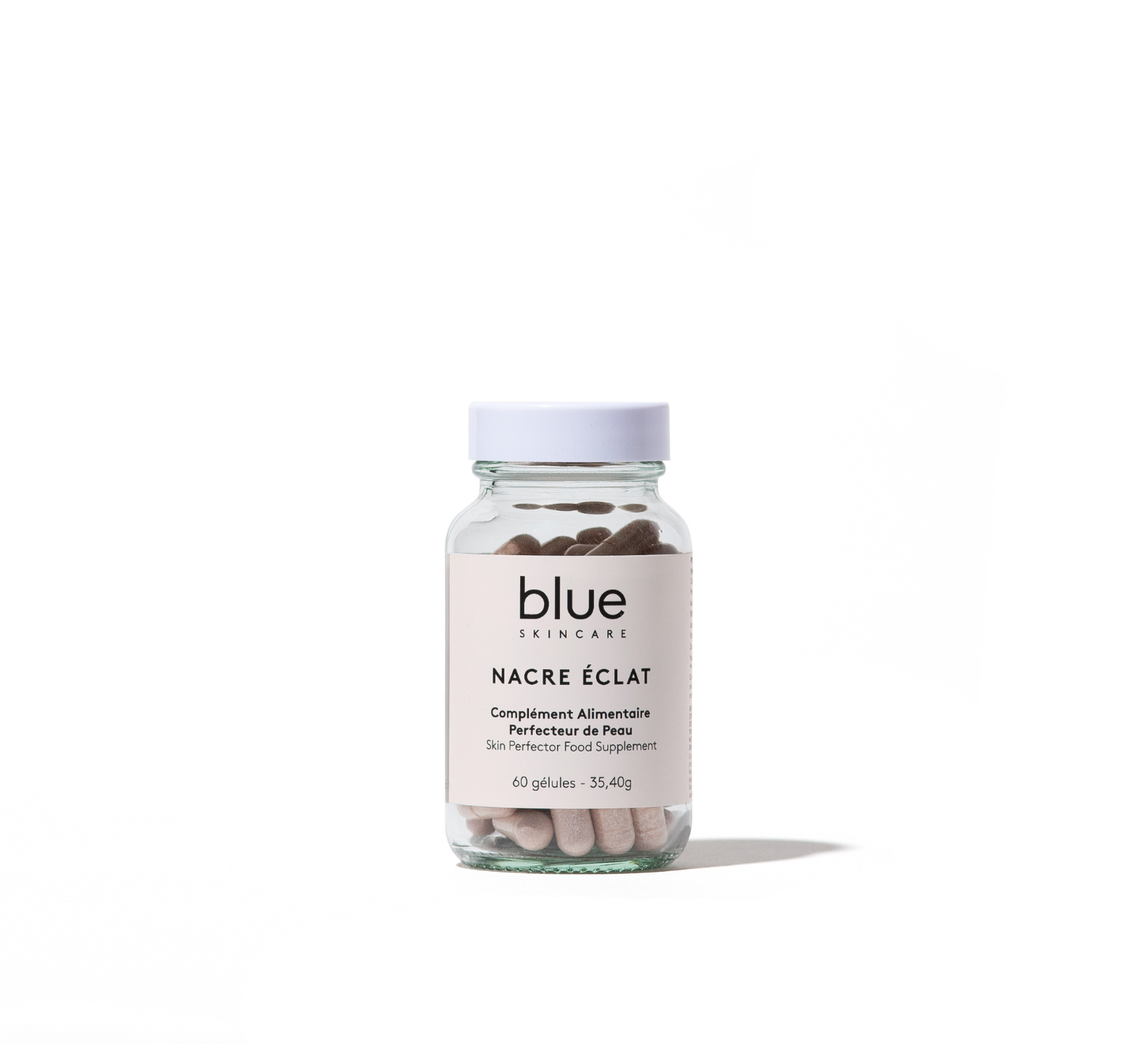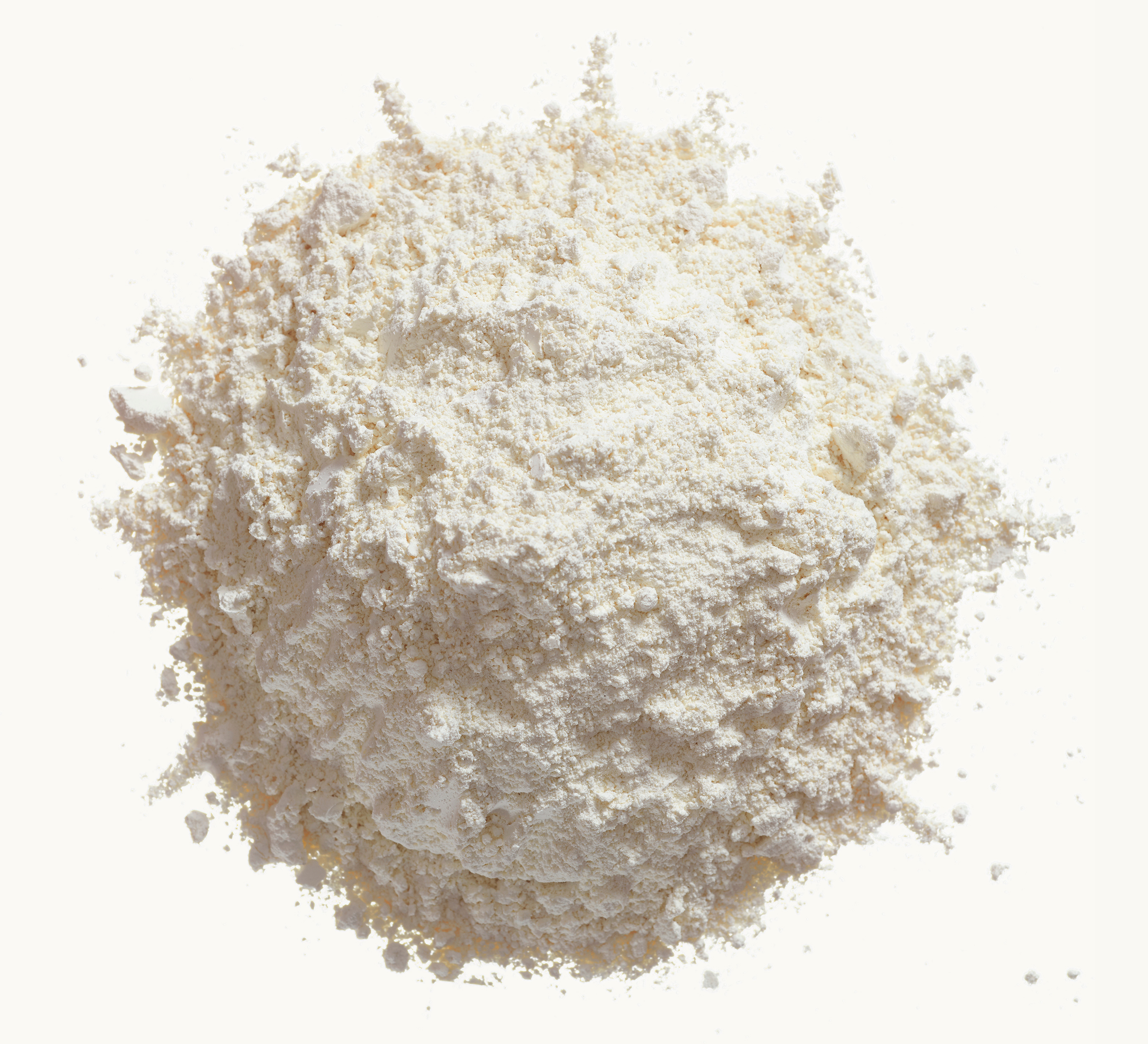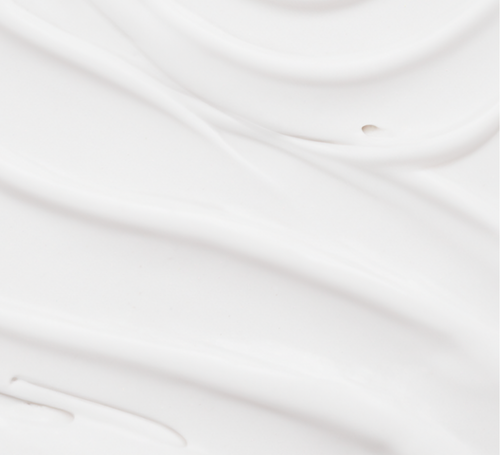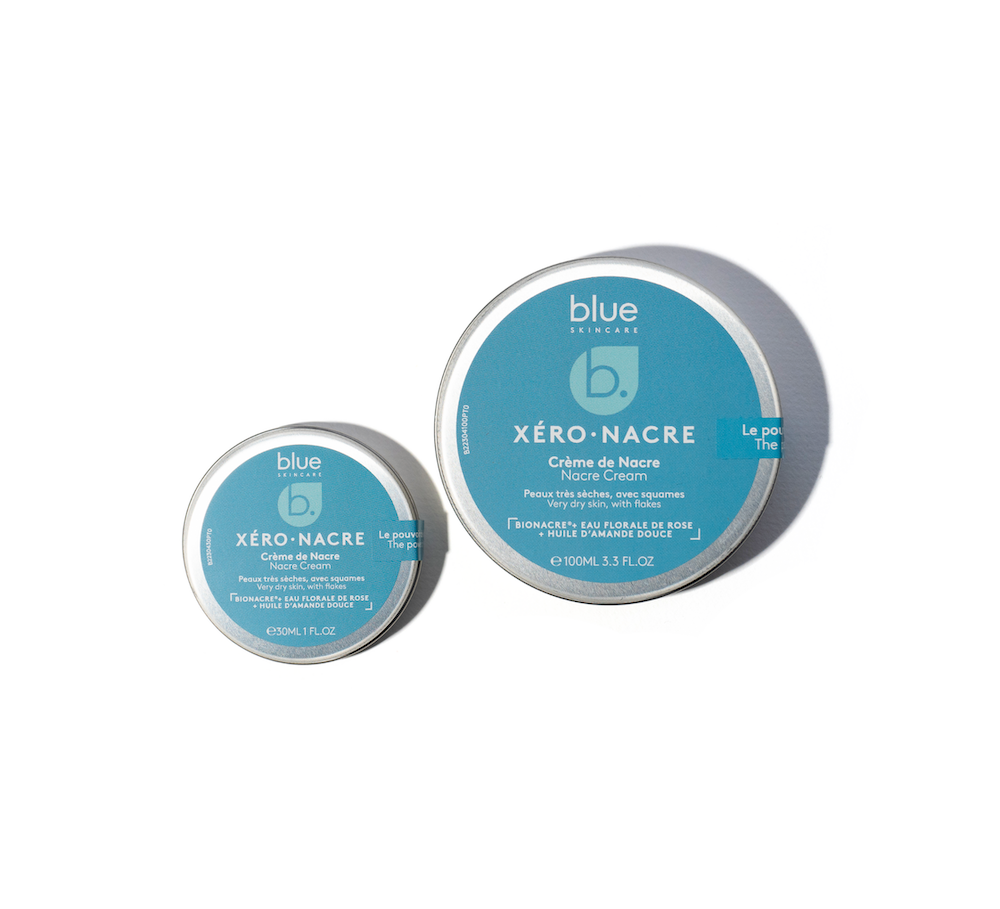Water is set to become more precious than black gold. Climate and weather disruptions are increasing heatwaves and droughts, as well as storms and floods, while French regions experience water restrictions every year. Between water stress and shortages, where exactly are we in France?
Water, a resource in danger
When demand exceeds the amount of water available, we speak of water stress: we can no longer afford to waste it, so we must reduce demand otherwise we will run out of water and enter into a shortage. Water is a natural resource (we could even say re-source) that humans use for drinking but also for agriculture (and therefore eating) as well as for industry where many machines and manufacturing processes consume it. In "modern" society, this resource has not always been used consciously. Overconsumption pushes towards more production, more savings on procedures and relocation to countries where ecological regulations, particularly on water pollution, are more flexible or even non-existent. It is this imbalance that today endangers access to fresh water suitable for consumption. In addition to this overexploitation by humans, access to water is threatened by climate change and global warming. Indeed, in some regions of the world where water is supplied from wells, directly from the source. And if the region is affected by drought, if precipitation (rain) does not come to replenish it, the source dries up. Global warming also increases the frequency and intensity of extreme weather events (floods, hail, intense rain, storms, droughts) which disrupt the water cycle, make it unfit for consumption, transform the subsoil and plants which will no longer be able to retain water well. These mechanisms explain the problems of water resources, particularly in summer.
Water cycle
Natural water resources, as opposed to man-made "sources" (such as a canal or a body of water), consist of underground water tables, rivers and lakes... They are fed by precipitation: rain, hail, snow. In France, there are approximately 480 billion m³ of precipitation per year. 61% evaporates, 23% infiltrates into the ground to replenish underground reserves, 16% feeds watercourses (lakes, rivers, streams). The lack of rain, combined with high temperatures, no longer allows certain reserves to be replenished, hence the regulation of water use. However, it is the late winter and spring rains that infiltrate the most to be absorbed by the plants that emerge in the spring. It is the combination of a drop in precipitation at that time and very high temperatures in summer that determine the lack of water in a region and lead to drought. Heatwave episodes, which are increasing due to global warming caused by GHG emissions (greenhouse gases such as CO2 and methane), have a direct impact on air temperature. The climate and its natural regulators (hot or cold air currents) are completely disrupted, as is the water cycle (evaporation, clouds, precipitation, etc.). These phenomena can cause unusual alternations of drops and rises in temperatures from one day to the next, and therefore lead to a lack of water.
Drought in France

82% of the water used in France comes from surface water because it is easier to extract it here than underground, and it costs less. Except for drinking water, which comes 62% from purer groundwater. Although "stocks" in France remain positive, the resource is not inexhaustible and drought, in the literal sense of the term, appears more and more regularly and sustainably. Indeed, drought almost always refers to a lack of rain in the minds of citizens, but this does not always reflect the reality of dry soils. We also speak of agricultural drought when the soil is no longer moist enough to hydrate crops and of hydrological drought when the water level of the water tables drops abnormally. Thus, when the top of the underground reserve no longer has water, the soil above it loses its moisture, and if it feeds a spring or a river, their flow rates drop. In this case, we are fortunate to have enough numerous and differentiated networks so that the population does not run out of drinking water. On the other hand, in the areas concerned, especially if the shortage is linked to agriculture, the latter will have to reduce its irrigation volumes, a distribution entrusted to a collective management body which issues water abstraction permits.
These mechanisms can lead to curious situations. For example, near the Jura, in the Doubs, part of the river of the same name is dry every summer, forcing the municipalities to supply themselves with water by tanker trucks. However, not far from there, the local ski resort has installed a snow factory that collects water all winter long...
Water restrictions in France
In the French regions, as in the whole world, rainfall varies enormously. In France it is between 0.5 and… 2 meters/year, depending on the region. However, when there is a lack of rain, the soil dries out quickly with direct consequences on the filling of the water tables.
For years, the waters of the so-called "surface waters" have been rather stable, even if many regions have seen watercourses dry up. On the other hand, the levels of groundwater reserves are decreasing in a worrying way. A process that will continue to decrease more and more if these reserves are not renewed, and if they are more withdrawn than filled.
In France, we have about 270,000 kilometers of permanent watercourses and groundwater estimated at 2,000 billion m³ . We are therefore very well provided for. And yet, to date, 36 French departments are affected by drought and are forced to adopt restrictions.
- Vendée, Vienne, Eure-et-Loir and Loiret and Bouches-du-Rhône are on maximum alert
- The island of Groix in Brittany is in a "drought crisis": watering non-vegetable gardens and filling swimming pools are prohibited.
- The same goes for Aquitaine, Charente, Charente-Maritime, Gironde, Deux-Sèvres, Dordogne, Lot and Pyrénées-Atlantiques which are on heightened alert, not forgetting Sarthe, Loir-et-Cher, Rhône, Ain, Alpes-Maritimes, Ardèche and Var which are also affected. Alerts can concern territories, or the entire department as is the case for the island and Vilaine.
- 13 departments are on heightened alert: the agricultural sector sees its water use reduced to defined times, and individuals must not water their gardens, wash their cars, or the roofs or facades of buildings.
- Please note: The non-reinforced alert level allows gardens to be watered before 11 a.m. or after 6 p.m. and also imposes certain limits on farmers. In the last few days of June 2022, in Ardèche, the water level in the Ardèche rivers is so low that the prefect is worried because the drinking water supply could experience disruptions.
Necessary public policies and regulations
Given this observation, it is unfair to place the entire burden on individuals and farmers.
- The industry must also be controlled and subject to regulations both in the volumes of water used and in the treatment of wastewater which causes pollution where it is sometimes not expected. For example, the Comté cheese industry has recently been shown to be very polluting. Indeed, the watercourses in the "AOP Comté" area suffer from the fertilizers spread in the pastures to feed the cows which produce the milk needed to make this cheese. However, the subsoil in Franche-Comté is particularly porous: permeable to fertilizers from manure which saturate the ecosystem with nitrogen and phosphorus. This phenomenon triggers the proliferation of stringy algae which prevent fish from surviving.
- Farm water treatment systems are often insufficient because they have to cope with a sharp increase in their output to meet demand.
- Drinking water can also be of poor quality.
- Beyond restrictions, one could consider limits on the size of livestock farms that drink water and pollute it directly with their droppings. In addition, feeding the animals requires huge productions of cereals that also require mass irrigation and/or imports from far away. If livestock farming can harm water reserves, legislating on the (over)production of meat could be a solution, knowing that part of the meat produced is thrown away when the use-by date is exceeded.
The case of certain multinationals
Finally, it should be noted that some brands of spring water pump directly from the groundwater of a region, for bottling and then being sold. A process that can lead to deprivation for residents when pumping from the groundwater is done disproportionately compared to its renewal. For example, the agri-food giant, Nestlé, officially purchased agricultural land 30 years ago to protect it from pollution via a subsidiary and obtained pumping agreements. Some farmers now have to travel miles to get water while it flows under their land but is "reserved" for bottling (750 million liters exported abroad). Same problem with soda producers who pump water all over the world. This water, which is no longer accessible to local populations, is sold to them in sodas that are sometimes cheaper than water. This is the case in Mexico City, where water, which is not really lacking, is as if it were "privatized" and where the population, which then overconsumes sodas, is experiencing an epidemic of diabetes and obesity.
Solutions for preserving water

industrial and agri-food water. It is urgent to have companies adopt responsible industrial practices and regulate their consumption, which is sometimes very high in sectors that we would not suspect, such as construction. In Paris, the company "Eau de Paris" which manages the drinking water of the capital, has an extremely rare device: a second water network, parallel to that of drinking water. This one carries non-potable water, coming from the Seine and the Canal de l'Ourq, which is roughly filtered but not treated because it is used for watering parks and gardens, cleaning sidewalks, sewers and to replenish the lakes of Vincennes and Boulogne. The reuse of non-potable water but without the need for purification thus has tremendous potential for watering in particular.
© Water of Paris
We must also now stop making economic calculations based on an infinite resource, but take into account the scarcity of water for each project and adopt the associated good practices so that the effort does not rest solely on individuals. The latter can, at their level, set up rainwater recovery systems for the garden, reduce the filling of swimming pools, install pressure regulating systems, reduced flushing, etc. Finally, consumers can take action by turning away from the products of companies that abuse the water trade when it should be a common good.
If water is often used as the symbol of life, and it is not by chance. Without water, life cannot exist. It is therefore vital to moderate our water consumption, including indirect water consumption through our purchases, by avoiding products whose manufacturing is water-intensive, but also which emit a lot of CO2 since global warming contributes to water shortages.
Which brings us to the same conclusions when we talk about ecology : boycott fast fashion , consume second-hand goods , reduce meat , etc. Luckily, in France our reserves are good, so it is very much a question of management, to compensate for the shortage due to increasingly frequent droughts.
Elsewhere in the world, the shortage will be such that no measure will be able to compensate for the drought which will impact populations and agriculture: faced with the famines which will result, these populations will have, and this is already the case, no other choice but to move.
